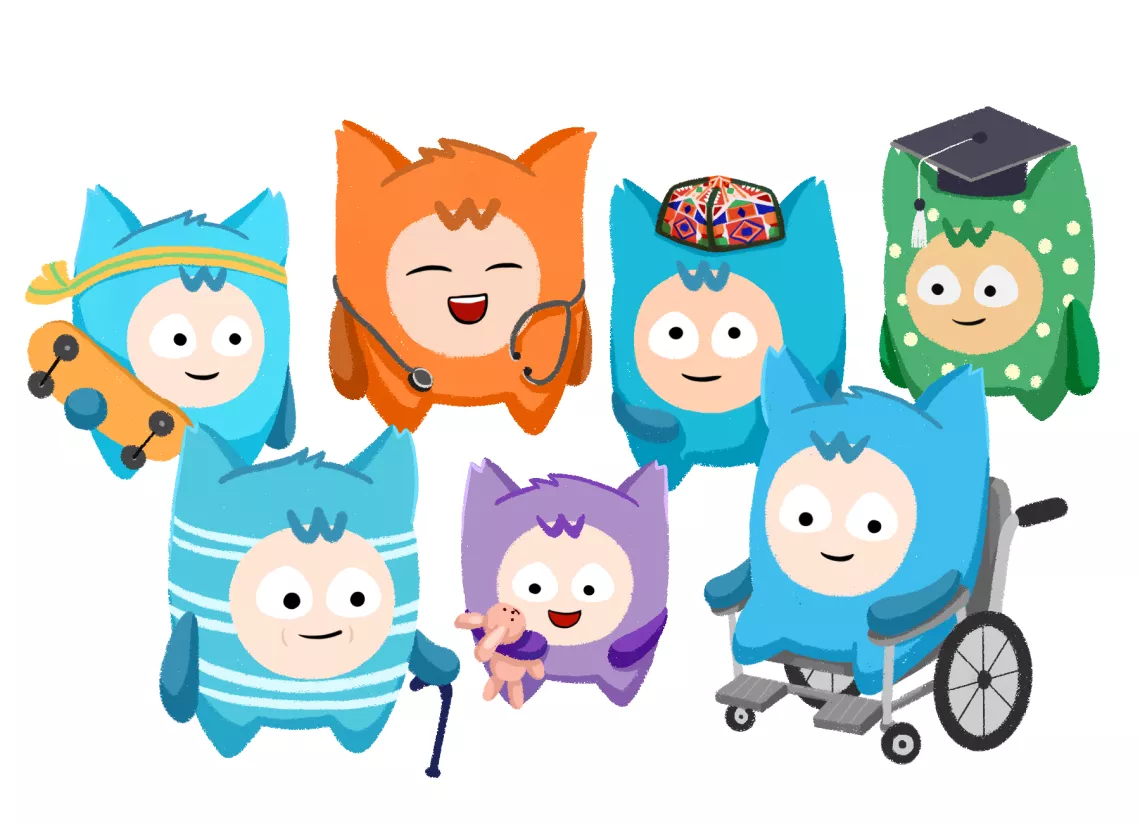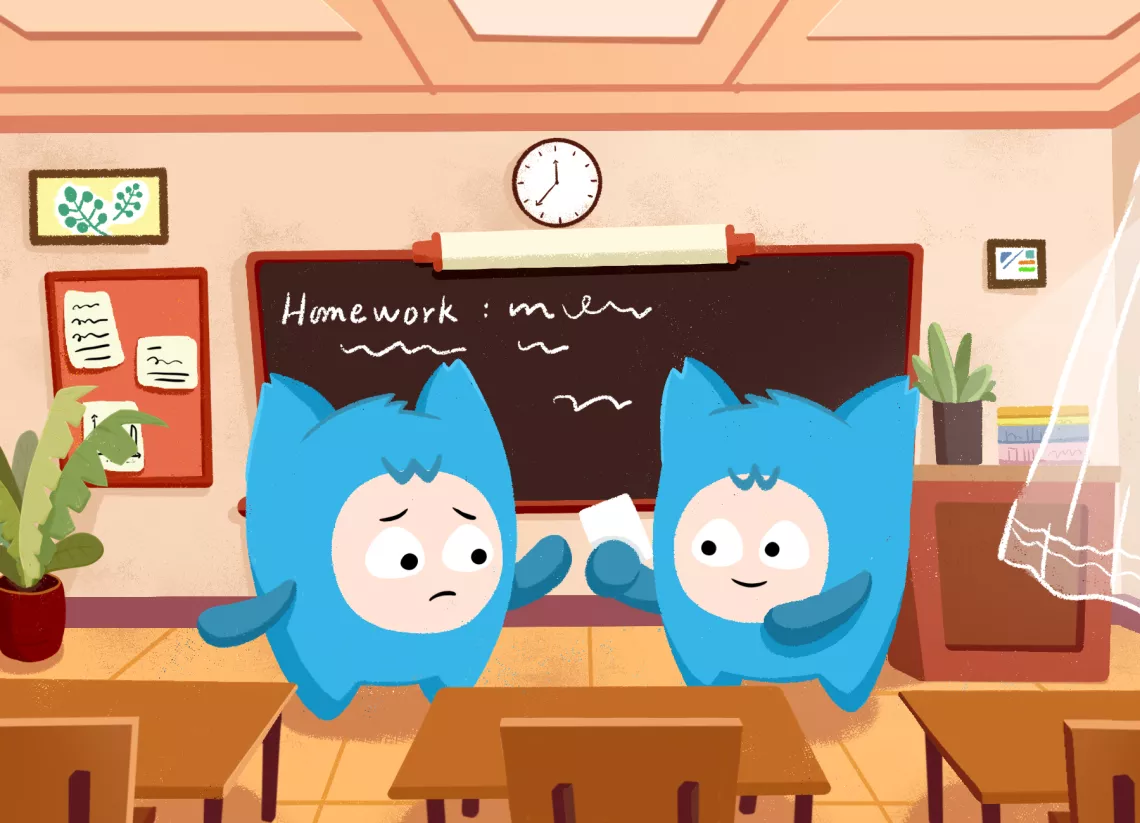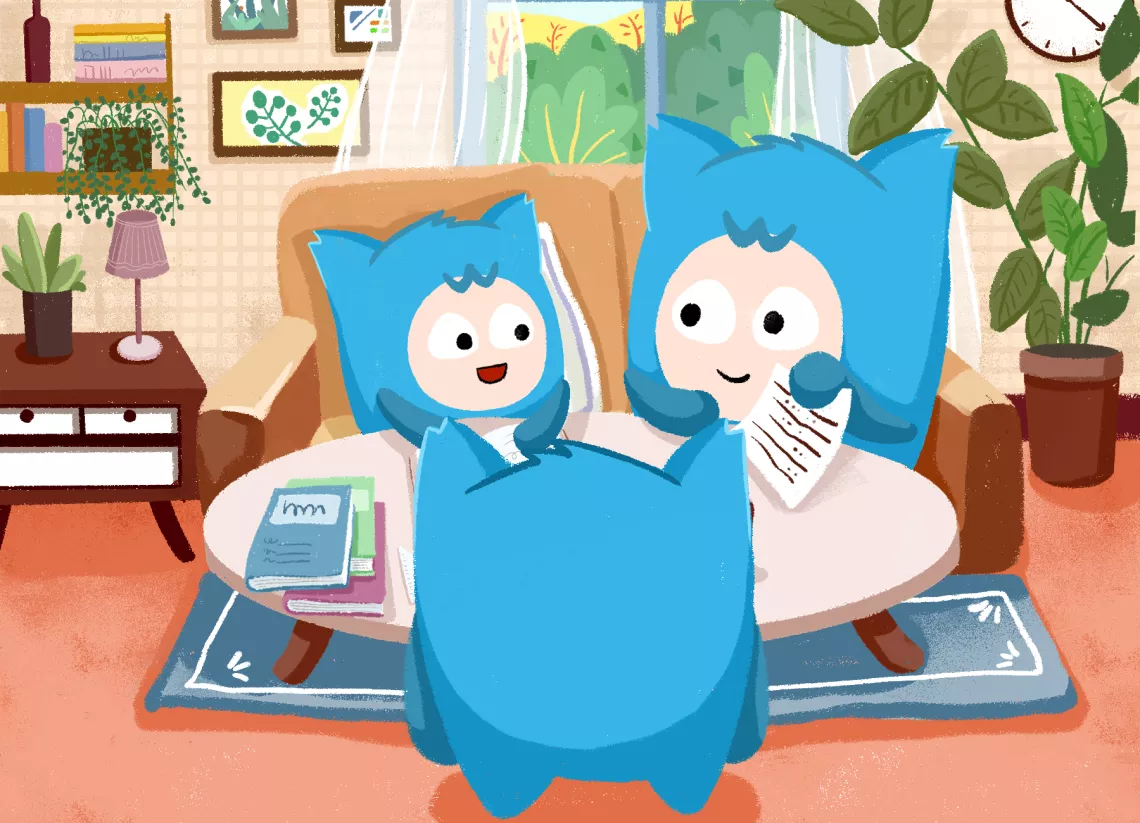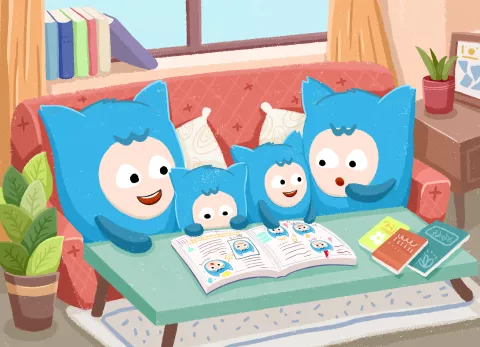We’re Different, We’re the Same and We’re Wonderful
Respect and care for others, say no to discrimination and stigma
- Available in:
- 中文
- English
Each of us has our own opinions, which are influenced by our backgrounds, our life experiences, and the people we’re surrounded by. If we can recognize and respect these differences, discrimination will not occur. We can then cooperate with others, solve problems together, and reflect on the world we live in. Here are some tips on how to teach your child to understand and appreciate a pluralistic society.
When children find out that other people are not the same
When children notice that someone is behaving differently from most people, it is natural for them to be uncertain and curious about these differences. For example, some people write with their left hand, some wear ethnic groups’ traditional garments, some have dietary restrictions, and some speak a language your child may not understand.
Parents should take children's questions seriously and share with them that there are all kinds of people in the world, with diverse appearances, beliefs and opinions. Even for people within the same group, it is normal for them to have different experiences and therefore come up with different ideas.

Use the example of your family members or your child’s classmates to show that people have varied heights, body shapes, food preferences and hobbies. The world would be a very dull place if there was only one color in life, if all cats looked alike or if everyone wore exactly the same clothes. It’s the incredible diversity among people that makes the world such a fascinating place.
When children realize that they are different from others
Children may feel uneasy about people who behave differently from themselves and the people around them – whether that’s because of a different family background or a different point of view.
You can help your child analyse the reasons behind such differences, and the advantages and disadvantages of being unique. You can play the role of "most kids", and practice with your child how to explain his or her differences (such as being a member of a single-parent family or wearing glasses), how to express disagreement firmly and gently, and how to discuss issues amicably with people who hold different views.
In your daily family discussions, you can encourage your child to pose different views, and express these viewpoints with reasoning and evidence, while listening carefully to others’ opinions.

You can encourage your child to get to know people who are different from them, for example by sending a card of kindness to children who have been excluded by other students. Children who are excluded or bullied are often regarded as ‘outsiders’ by other children; showing respect to and acceptance of an ‘outsider’ teaches children how to show goodwill to others. It also helps them to understand people with different experiences, and that all people should be treated with respect.
We’re the same, we’re different and that’s beautiful
In addition to helping your child understand a pluralistic society, you can also guide them to appreciate pluralistic perspectives.
Try the following exercises with your child:
- Observe the similarities and differences among family members or classmates;
- Explain the basic needs we share with other people, such as wanting to be cared for and respected;
- When people have different opinions on something, encourage everyone to express their own views, and then analyse them one by one;
- Talk about how each person's strengths can be integrated to make the group stronger.

Ask your child to think through the advantages of taking in different perspectives: “If you have an apple and I have an apple and we exchange these apples, then you and I will still each have one apple. But if you have an idea and I have an idea and we exchange these ideas, then each of us will have two ideas.” Teach your child to interact with people who have different ideas in a friendly and positive manner; not to reject or judge others, but to try to learn things that your child has never experienced or examined.
Helping children understand the differences among people can enable them to better understand their own strengths and uniqueness and help them realize that each person, although different, can contribute to society. It will also help children live in a diverse society in the future.


